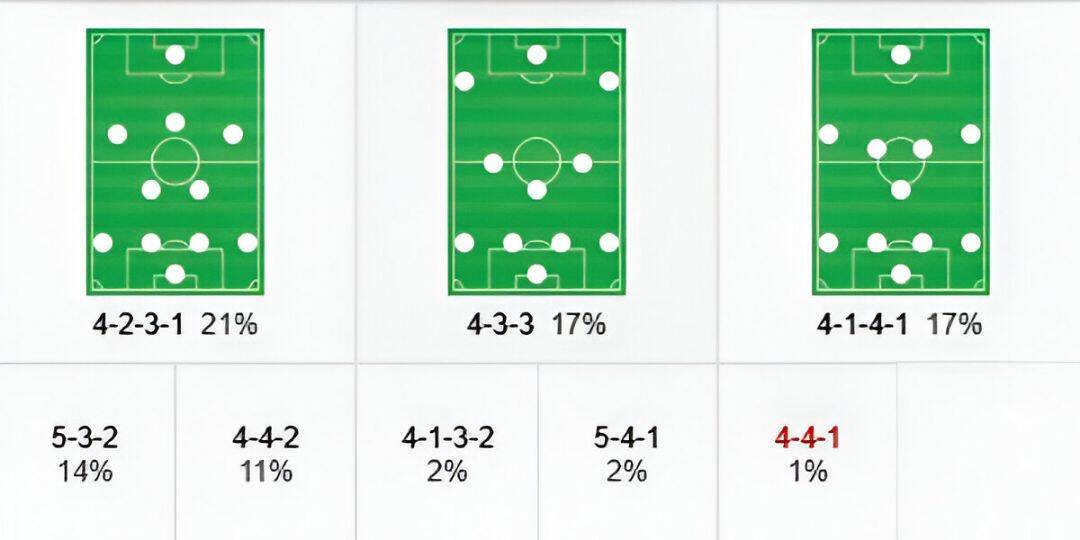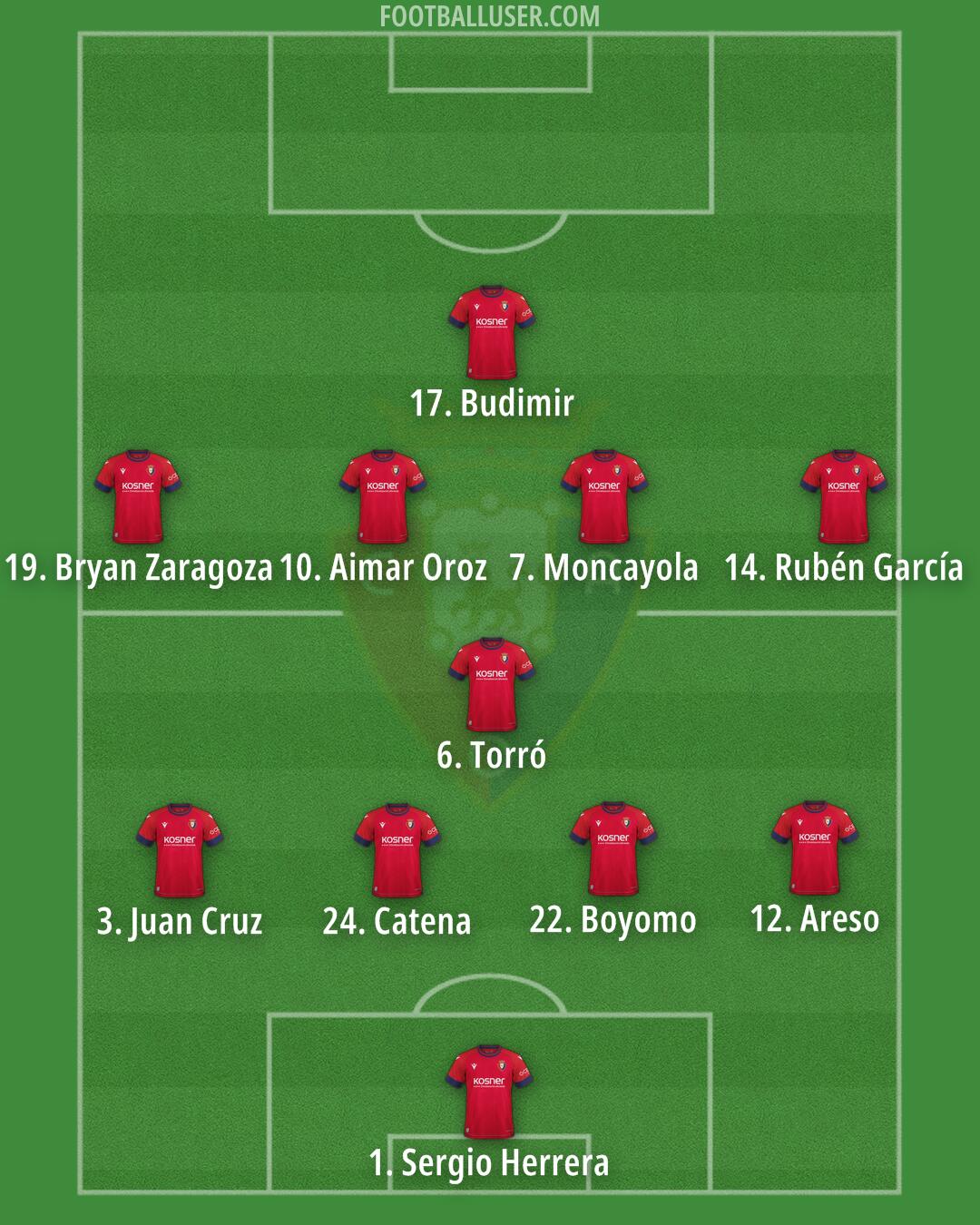The Weekend That Made Me Grab My Clipboard (Or, My Sticky Notes)
This whole tactical deep dive kicked off last weekend, and honestly, it started with a massive headache. I was watching Osasuna play, and after the 65th minute, everything just fell apart. We went from looking competitive to looking like a bunch of strangers who just met at the stadium parking lot. We got absolutely hammered down the flanks, and the defense was spinning like a top trying to cover the massive spaces in the midfield. I shouted at the screen until my throat hurt, and then I realized screaming doesn’t change anything. I needed to figure out exactly what was broken.

I spent Sunday afternoon locked away from the family. I didn’t touch any fancy software—I hate that stuff, it confuses things. I pulled out my ancient laptop, logged into my sports streaming account, and started watching replays of the last four games where we dropped points. My tools were simple: a stack of plain white paper, three different colored sharpies, and a serious amount of bad coffee. My mission was to document every time the ball was lost in the defensive third and trace back the positional error that caused it.
Diving Deep: Tracing the Flaws of the Default System
The standard 4-3-3 Arrasate loves to roll out? I drew it out maybe twenty times. Every time I looked at it, the vulnerability screamed at me. It relies too heavily on the wingers, who are usually spent by the time the second half rolls around. When Ruben Garcia or Moi Gomez get tired and stop tracking back, our fullbacks (like Peña or Mojica) suddenly find themselves stranded against two attackers. We just don’t have the defensive grit in the central midfield to compensate for that exposed wide area.
I marked the danger zone in red marker. It was always the space between the deepest midfielder, Torró, and the two central defenders. When Torró gets dragged wide to cover a full-back who’s pushed too high, that central highway opens up. Teams that play quick one-twos through the middle just slice us right open. It’s been happening for months, but everyone keeps just blaming the finishing, not the structure.
I spent hours matching the stats I found online—possession percentages, tackles won, interceptions—to my actual video footage. The data confirmed what my eyes were seeing: when we had more than 55% possession, we looked fine. The moment we had to defend deep and soak up pressure? Disaster. We needed a formation that didn’t rely on us bossing the ball, but one that made us compact and hard to break down, even when tired.
Sketching the Solution: Why 5-3-2 Is the Only Way
I scrapped the 4-3-3 completely. I tinkered with a 4-2-3-1, but it still left the defensive midfield too isolated. Then, I sketched out the 5-3-2. I know, I know, three at the back sounds boring, but for Osasuna, it’s genius. It solves every single problem I identified. I labeled the positions carefully, focusing on the specific personnel we have:

- The Back Three: David Garcia, Catena, and Herrando. This immediately adds aerial stability and ensures that when Peña or Mojica bomb forward (which they have to do), there are always three bodies covering the width of the box.
- The Wing-Backs: Peña and Mojica are now guaranteed to attack. Their job is simpler: stretch the pitch and get crosses in. No more confusion about whether they should defend high or drop deep.
- The Central Block (Torró, Moncayola, Oroz): This is critical. Torró stays deep, a true shield. Moncayola and Oroz get the license to press higher because they know they have five guys behind them. This gives us the midfield fight we’ve been missing.
- The Two Strikers: Budimir and Chimy Ávila. We finally give Budimir a strike partner. Chimy can play off him, run into the channels, and generally cause chaos without carrying the entire attacking load himself.
The Match Preview and the Waiting Game
Once I had the 5-3-2 locked in place on my paper, I ran a mental simulation against our next opponents. The opposing team loves to target the spaces between the center-backs and full-backs. But in this new shape? Those spaces are gone. We force them to play centrally, right where we have a dense block of three midfielders and three defenders. It looks like a winning formation, simple as that.
I wrote up all my notes, took photos of my messy diagrams, and stuck the best version on the refrigerator door. I’m telling you, the clarity of thought once you actually break down the process is amazing. It took me a full day of pausing, rewinding, and scribbling, but I think I found the fix. I’m just a guy on his couch, but I stand by this tactical shift.
Now, we wait. If Arrasate comes out with the exact same stale 4-3-3 for the next match, I’m gonna know he’s not paying attention to what’s happening on the pitch. But if he dares to use the five-at-the-back setup, even briefly, I’m claiming credit. This whole thing was about applying pressure, analyzing the breakdown, and finding a robust solution. That’s how you fix things, whether it’s soccer tactics or a leaky faucet. You start at the beginning and map out the damn problem.
